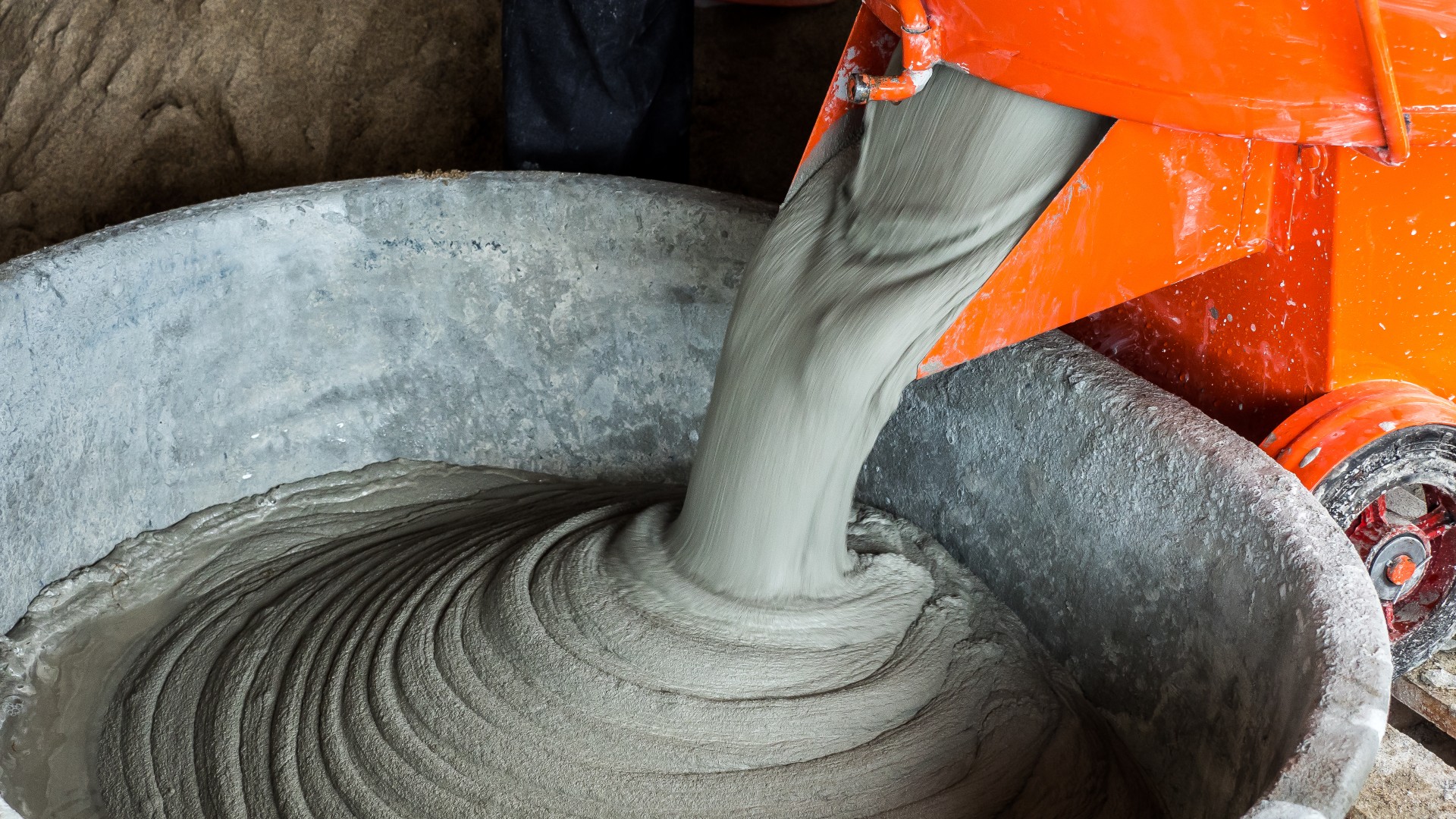Boy gets burned by wet cement in rare case
Wet cement is a highly alkaline substance that can cause severe chemical burns.

A 7-year-old boy who accidentally got wet cement all over his head and torso ended up in the emergency room after the cement mixture burned his skin, according to a new report.
A family member had been mixing and pouring cement when the boy, who was playing nearby, walked under the wet cement dispenser, according to the report, published June 2 in The Journal of Emergency Medicine.
A little while later, the boy experienced a burning pain, and his skin reddened. He was taken to a healthcare facility, where staff washed his skin with an organic substance called polyethylene glycol. Then, he was transferred to Vanderbilt University Medical Center in Nashville, Tennessee, for evaluation on whether his burns needed further treatment.
There, doctors noted the boy had superficial burns — or first-degree burns — on his head, neck and torso, according to the authors, from Vanderbilt University. They also saw that the cement mixture hadn't been completely washed off — visible particles still clung to his skin and hair.
Related: 27 oddest medical cases
Wet cement should never be left on the skin for very long — the substance can cause severe chemical burns.
That's because cement is made up mostly of the compound calcium oxide, and when it mixes with water, it becomes highly basic or alkaline, meaning it has a high pH, according to the National Capital Poison Center. A substance's pH is measured on a scale from 0 to 14 — substances with a low pH are acidic, while substances with a high pH are alkaline. Wet cement can have a pH as high as 14, the authors said.
Sign up for the Live Science daily newsletter now
Get the world’s most fascinating discoveries delivered straight to your inbox.
Contact with wet cement doesn't immediately cause a chemical burn, but if someone has prolonged contact with the material (for instance, if they are kneeling in cement as they pour it), or the material is left on the skin for a long period, it can cause burns. The average time between exposure to wet cement and signs of a burn is six hours, the authors said. Because of this delay, people may not realize that cement caused their burn.
"Wet cement is often a poorly recognized cause of alkali burns," the study authors wrote. And when it is recognized, doctors most often see this type of injury in adults who've been working with cement. Wet cement burns are rarely seen in children, making the current case unique, the authors said.
Treatment involves washing the skin with copious amounts of water to get the wet cement off, the authors said. Doctors sometimes use other solutions, including polyethylene glycol, to wash the skin, but there's no evidence that these are better alternatives to water, the authors said. If the burns are severe enough, patients may need surgery. In the current case, the boy's skin was irrigated with water until all the cement was completely removed. Then, he was evaluated by a burn specialist, who determined that the boy did not need further treatment. "Fortunately, the patient involved in this case was decontaminated early enough and no surgical intervention was required," the authors wrote. He was discharged from the hospital and made a full recovery, they said.
Originally published on Live Science.

Rachael is a Live Science contributor, and was a former channel editor and senior writer for Live Science between 2010 and 2022. She has a master's degree in journalism from New York University's Science, Health and Environmental Reporting Program. She also holds a B.S. in molecular biology and an M.S. in biology from the University of California, San Diego. Her work has appeared in Scienceline, The Washington Post and Scientific American.









